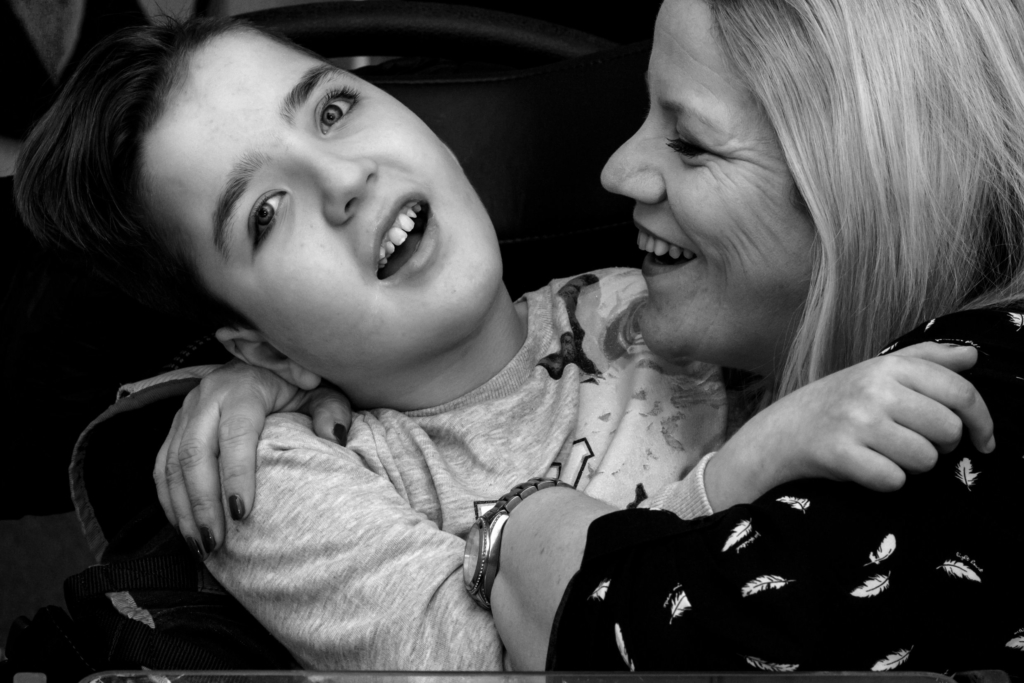

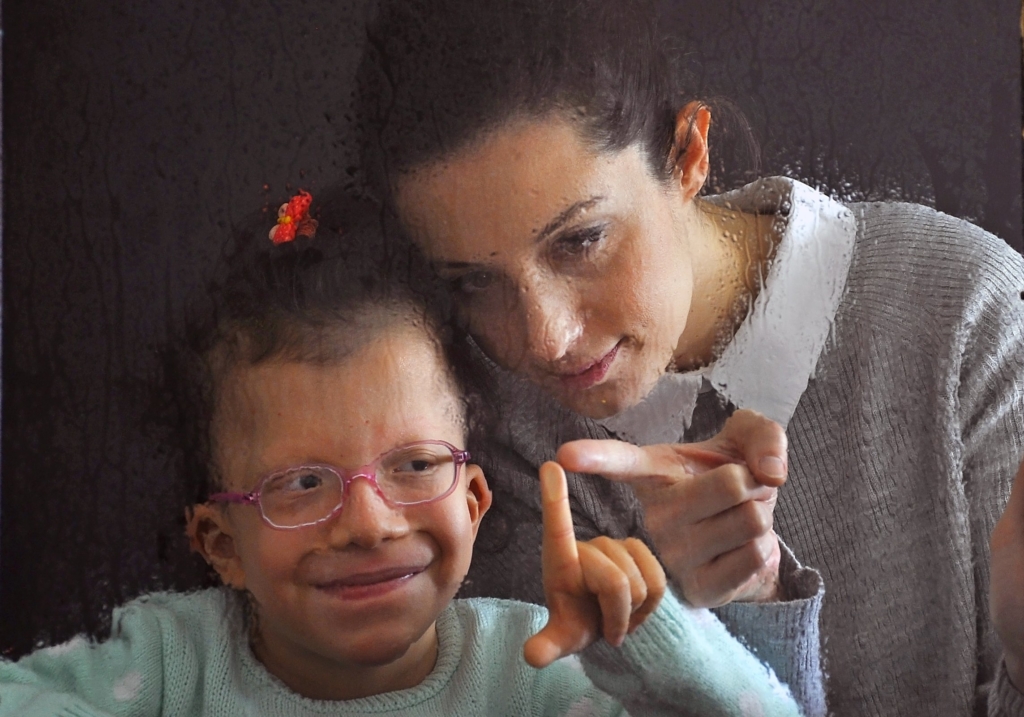

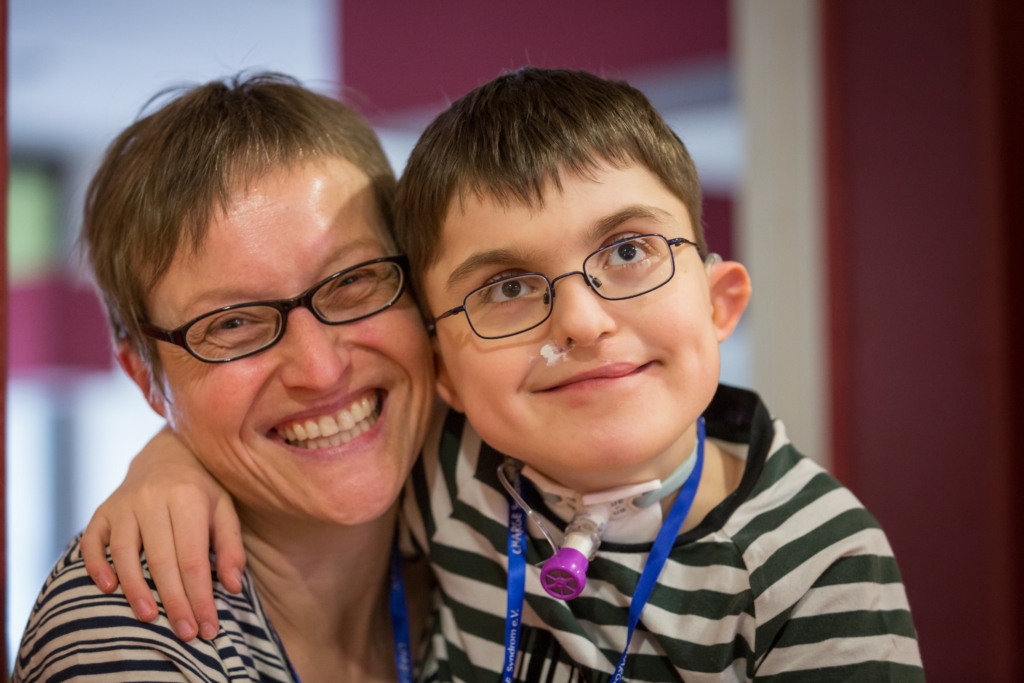

The impact
Rare diseases are characterised by a wide diversity of symptoms and signs that vary not only from disease to disease but also from patient to patient suffering from the same disease.
Due to the low prevalence of each disease, medical expertise is rare, knowledge is scarce, care offerings inadequate and research limited. Despite their great overall number, rare disease patients are the orphans of health systems, often denied diagnosis, treatment, and the benefits of research.
Relatively common symptoms can hide underlying rare diseases leading to misdiagnosis and delaying treatment. Typically disabling, the quality of life of a person living with a rare disease is affected by the lack or loss of autonomy due to the chronic, progressive, degenerative, and frequently life-threatening aspects of the disease.
The fact that there are often no existing effective cures adds to the high level of pain and suffering endured by patients and their families.
Rare diseases not only affect the person diagnosed — they also impact families, friends, care takers and society as a whole.
The facts

An estimated 30 MILLION people are living with a rare disease in 48 countries in Europe.

Each rare disease affects fewer than
1 IN 2000 people.
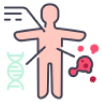
THERE ARE OVER 6000 distinct rare diseases.

Rare diseases affect about 4% of the population during their lifetime with estimates ranging from 3.5% to 5.9%.

Approximately 85% of rare diseases affect fewer than one individual in a million, or fewer than 500 individuals in the European Union.[2]

75% of rare diseases affect children.
70% of rare diseases have their onset during childhood.

72% are of genetic origin
28% are non-genetic
including rare cancers, rare infections, immune deficiencies & health hazards.

5 YEARS is the time it takes on average for rare disease patients to get a diagnosis.[1]

70% of people with rare diseases wait more than 1 year to get a confirmed diagnosis after coming to medical attention.[1]

7 IN 10 PEOPLE LIVING WITH RARE DISEASES AND FAMILY CARERS reduce or stop professional activity due to their or their family member’s rare disease.[3]
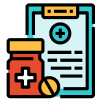
There are over 230 ORPHAN MEDICINES authorised in the EU. The goal is to support the development of 1,000 new therapies for rare diseases by 2030.[4]

ONLY 1,200 out of all rare diseases, have more than five documented cases published in the scientific literature.[2]

2/3 OF FAMILY CARERS spend more than 2 hours a day on disease-related tasks.[3]

The proportion of people with rare diseases who report FEELING DEPRESSED is 3 TIMES HIGHER than that of the general population.[3]

Read more — scientific paper written by Orphanet, EURORDIS, Orphanet Island: Estimating cumulative point prevalence of rare diseases: analysis of the Orphanet database
[1] Rare Barometer Diagnosis Survey. Available soon!
[3] Juggling care and daily life: the balancing act of the rare disease community
[4] Source: https://irdirc.org/resources-2/rd-metrics/ and EURORDIS therapeutic reports
[5] (2020) Estimating cumulative point prevalence of rare diseases: analysis of the Orphanet database, European Journal of Human Genetics: https://www.nature.com/articles/s41431-019-0508-0
